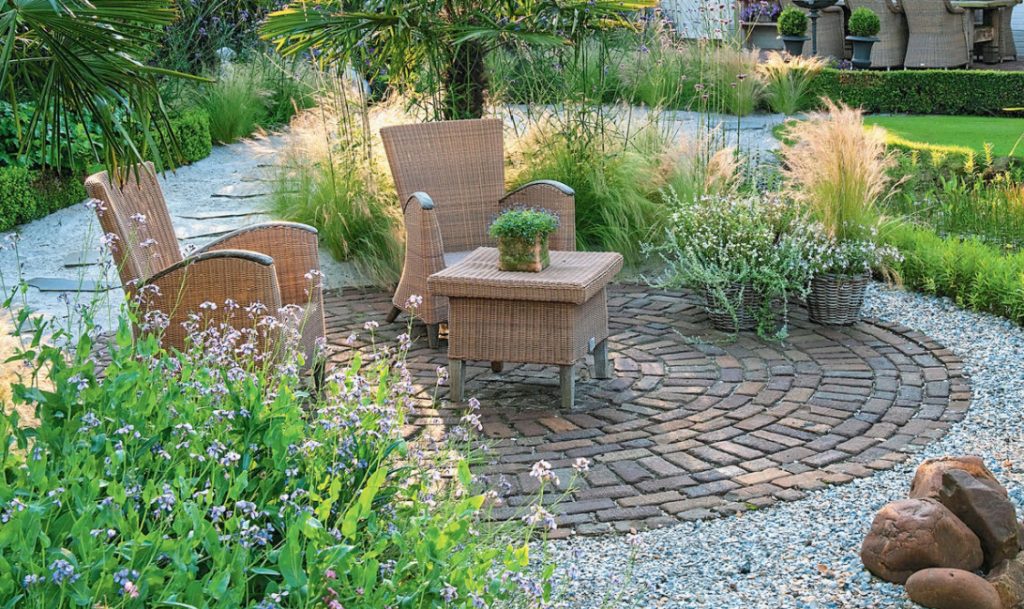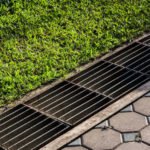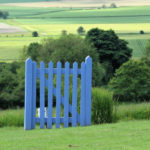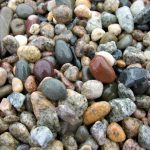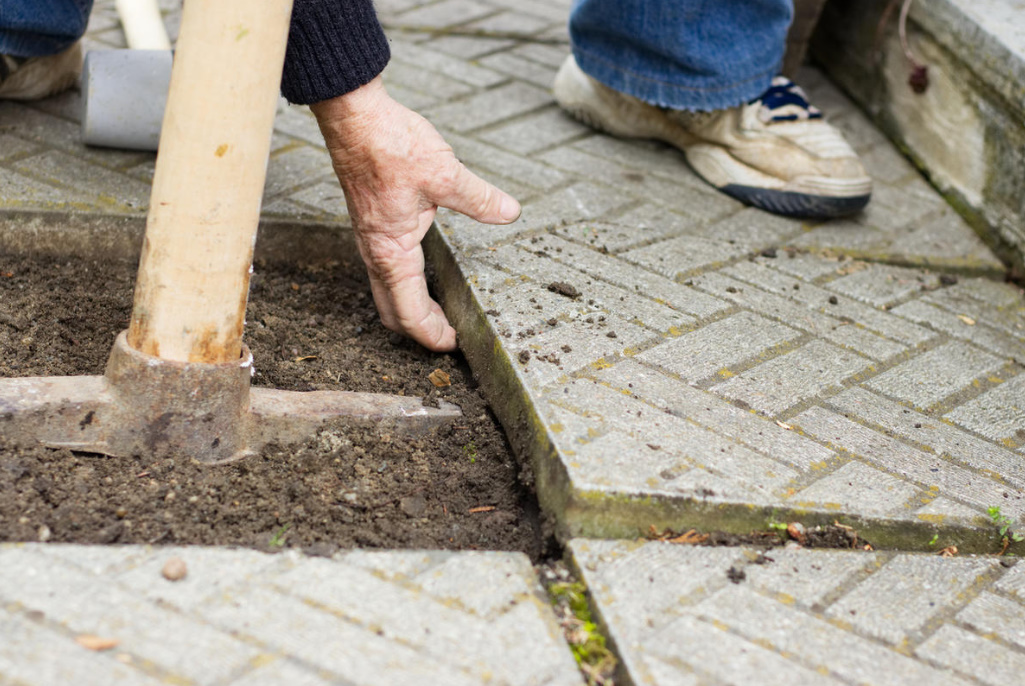In the delicate business of transforming the site, the filling of gravel and crushed stone is increasingly winning the sympathy of concrete and paving stones — whether it is the design of paths, recreation areas or free zones around the house.
Modern, classic, romantic or rustic — it does not matter: gravel and crushed stone perfectly fit into any style of garden decoration. This is undoubtedly one of the main reasons (along with the ease of care) why small stones are so popular with gardeners. It is not only convenient, but also fashionable to use gravel and crushed stone in the arrangement of the site. And no matter how diverse in color and shape the stones are, the possibilities of their use are just as extensive.
Filling from this material is suitable for paths, steps, decoration of recreation areas, free spaces around the house or pond — it can be laid out in those areas that are usually paved with paving stones. And, by the way, not only here — such a filling is also suitable for mulching the soil in flower beds.
In the photo below: 1. Gravel and bricks set in a row make an ideal combination for paving the slope. 2. Natural and catchy looks rough Sandstone and flanking the path of fine aggregate.
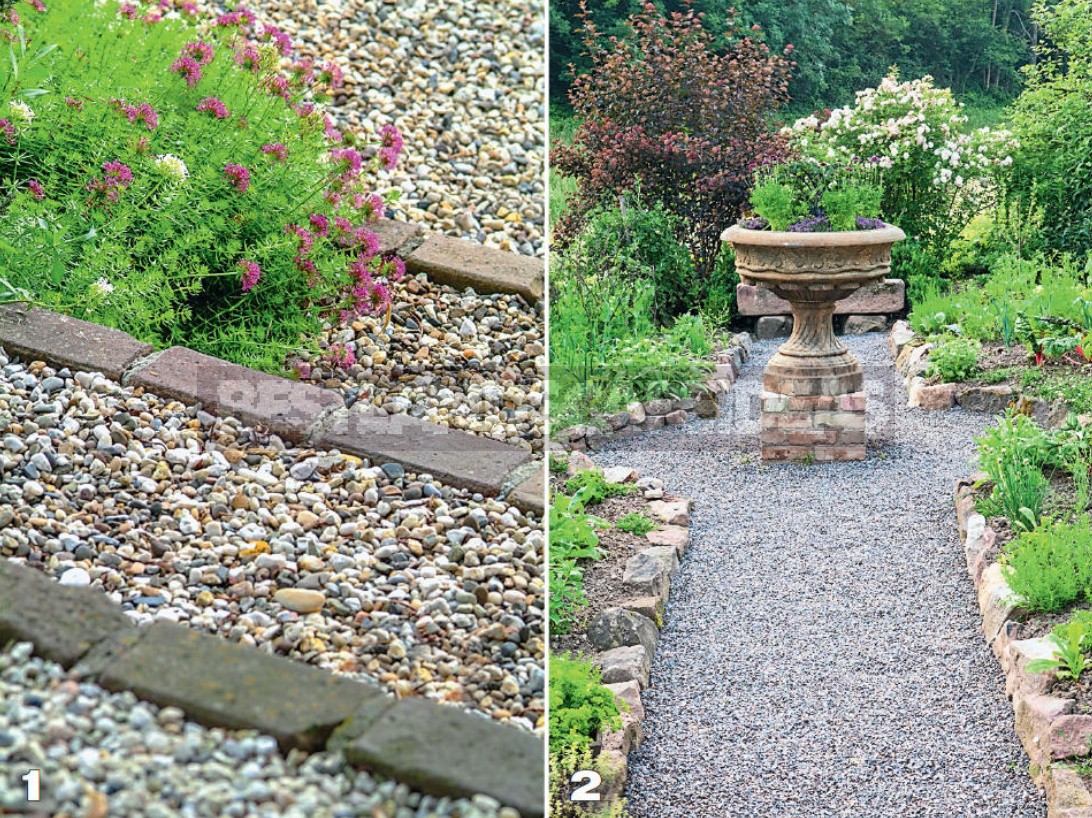
What are the other advantages of this material? There are enough of them. Large areas covered with stones seem more open, natural and not as heavy as in the case of paving stones or slabs. At the same time, creating shapes with the most sinuous and intricate contours is not a problem. Moreover, the gravel area can also be planted with plants-so that it organically fits into the green corner of the house. And finally, the filling is much easier to replace than to remove the same paving stones, and such a loose coating will cost much cheaper than, for example, decking, clinker or stone slabs.
In the photo below: next to modern buildings, silver-gray rubble looks good. So that the stones do not disappear over time and ubiquitous weeds do not appear in the soil, you must definitely lay a water-permeable non-woven material under the filling.
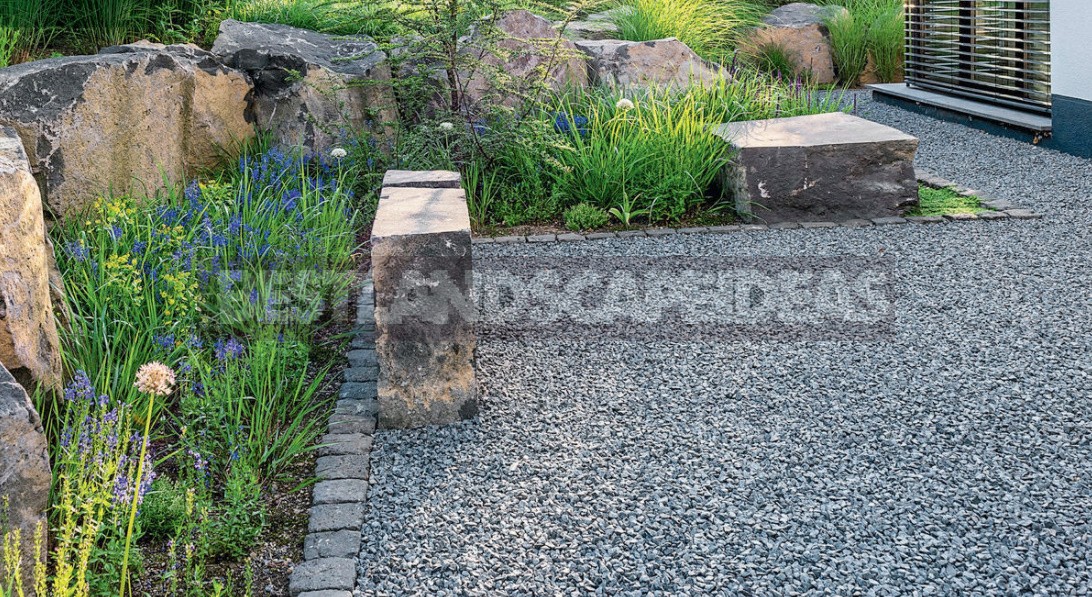
It is very easy to distinguish the natives of the mountains by their “appearance”: small stones with rounded edges are gravel, angular and with sharp edges are crushed stone. The first one is very decorative and looks especially advantageous in flower beds and recreation areas. The second one is more appropriate for tracks, because due to the sharp edges it has a better “grip”, that is, it does not “ride” under your feet, it does not slip as much as pellets.
Using the natural color diversity of the material (the color of the stone depends on its breed and origin), you can play with colors and even “draw” patterns. Light stones look amazing on a modern and classic plot, cream colors and brownish tones are indispensable in a garden in a natural style, a sprinkling of red shades is ideal in a Mediterranean entourage. Well, if you combine stone chips with paving stones, boulders or wood, your green possessions will acquire uniqueness and originality.
Water and stone are ideal companions both in nature and in the garden. The pond, sunk in a gravel area and complemented by islands of vegetation and boulders, looks very impressive.
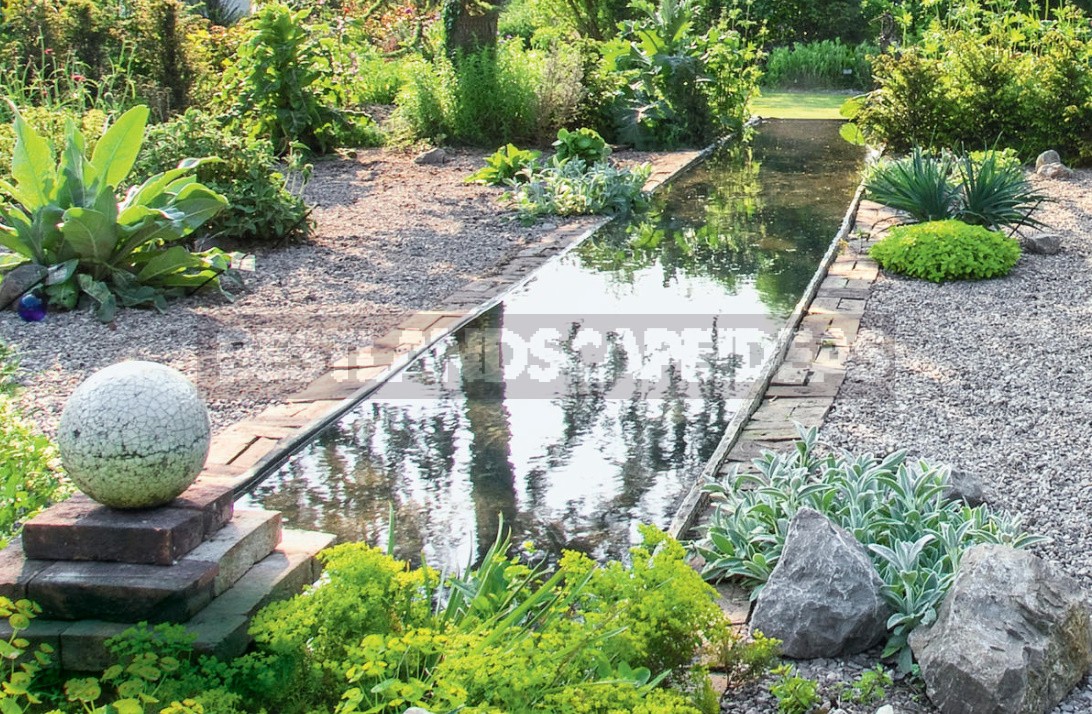
Stones come to the yard not only at the bottom of the reservoir. In the photo below, a stone stream “flows” along the site, framed by limestone boulders. A path of light-colored rubble leads here.
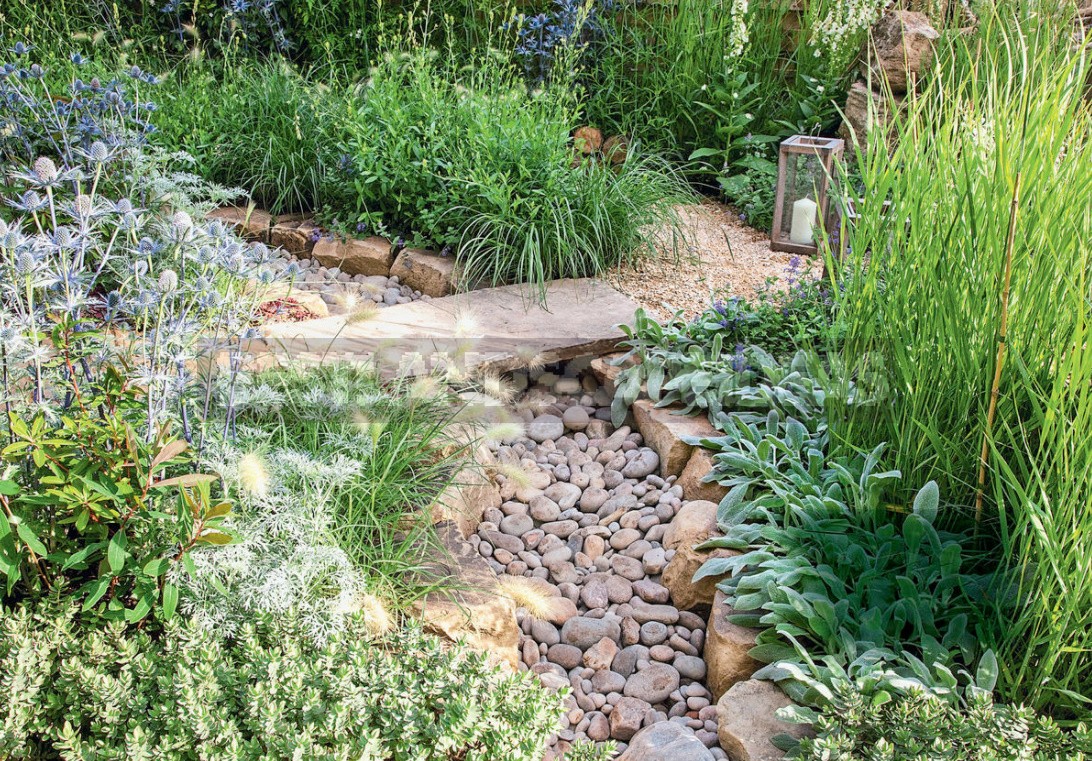
Laying a gravel path
To begin with, remove the top layer of soil at the site of the future track to a depth of 10-15 cm and tamp the bottom. Next, cover the bed with a water-permeable non-woven fabric.
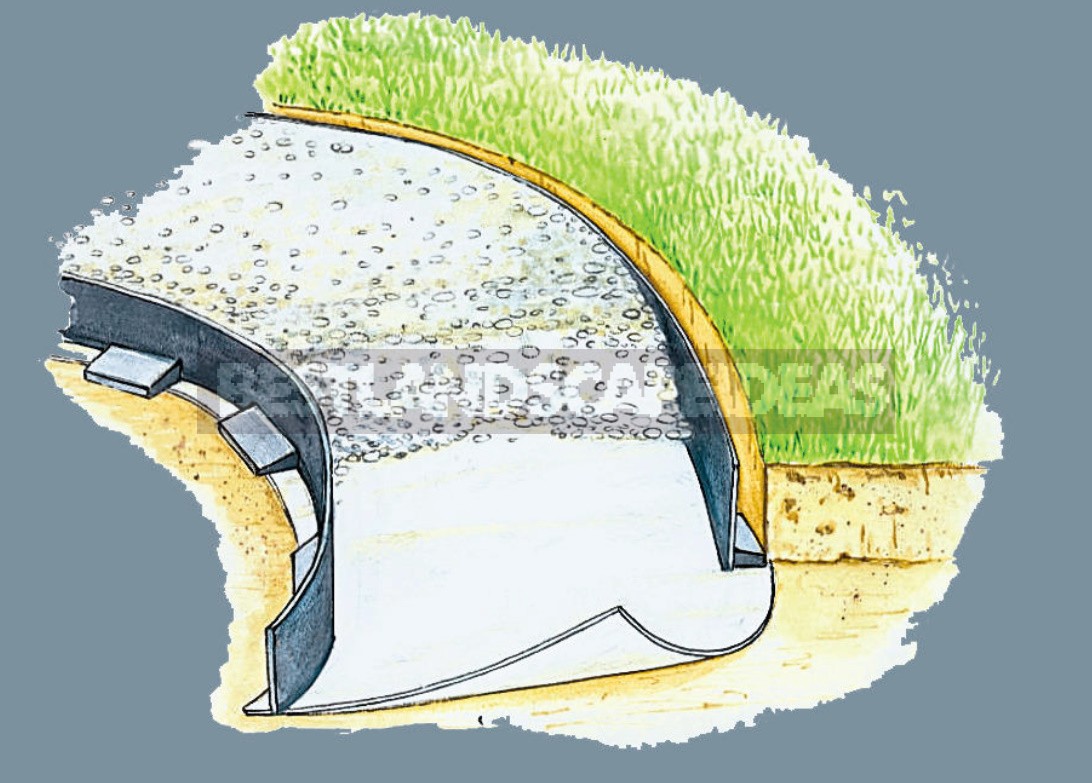
Important: the fabric at the bottom of the track should overlap slightly. So that the stones do not leave the specified territory and the plants living in the neighborhood do not encroach on it, it does not hurt to install a curb (a flexible plastic or metal curb tape is suitable).
Finally, fill the path with gravel or crushed stone.
If the track has to withstand an increased load, the thickness of the stone layer should be increased by another 10 cm and edged with paving stones, fastening it with a cement-sand mortar.
In the photo on the left: a path made of light gravel and planks looks great in a natural-style garden. Wooden inserts slightly rise above the filling, due to this, the stones do not roll on the boards. On the right: the recreation area is covered with well-packed fine-grained gravel. Along its perimeter, a metal border is installed, which reliably protects the lawn from stone filling.
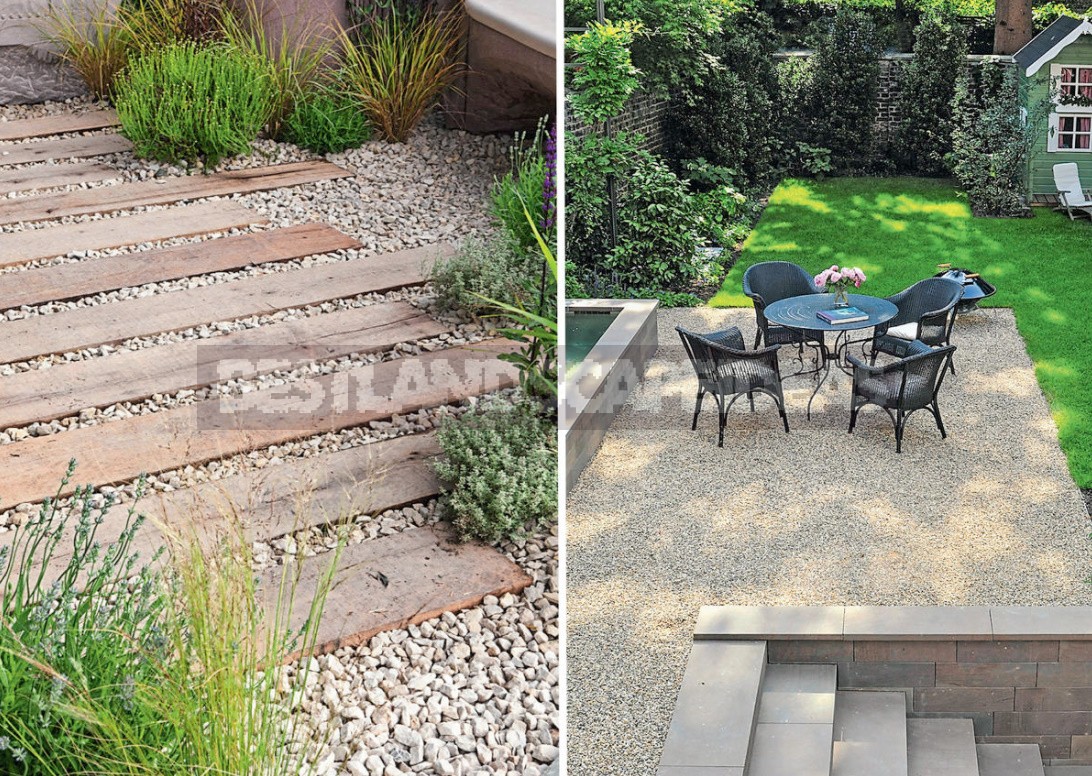
Mulch for flower beds
If the flower garden is lined with a water-permeable non-woven material, plants are planted and the soil is covered with gravel or crushed stone, weeds simply will not have a single chance to break through such armor.
In the photo on the left: planting with ornamental grasses, such as Stipa tenuissima ‘Pony Tails’ and Sesleria caerulea, is harmoniously complemented by a stone fountain. The flower garden is mulched with small colored pebbles. Right: With non-woven fabric, weeds won’t stand a chance.
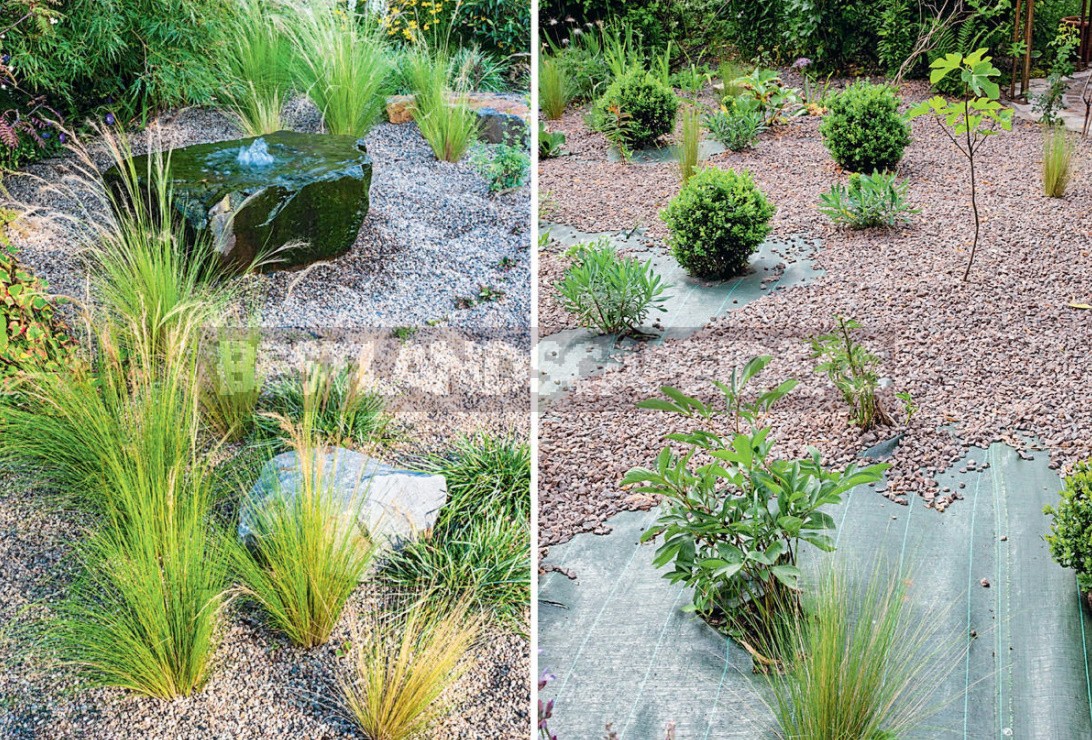
Tip: before lining a place for planting, the soil should be well loosened and fertilized.. Then spread out the non-woven fabric and make cross-shaped incisions in the places where you plan to plant the plants. In them, “settle” suitable plants (spicy herbs and ornamental cereals, bulbous and thermophilic herbaceous perennials). When the flower garden is ready, mulch the soil with gravel or crushed stone in a layer of 5-8 cm.
